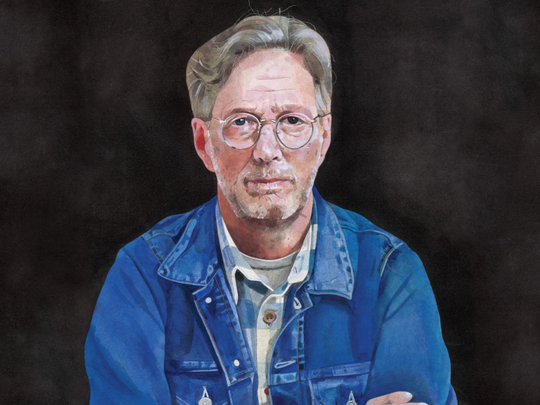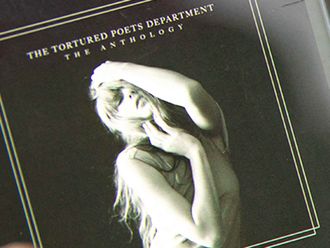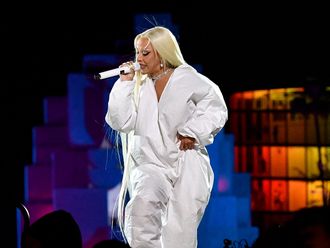
In his first album as a septuagenarian, guitar virtuoso Eric Clapton is revisiting the blues roots that shaped his distinctive sound.
On I Still Do, the artist’s 23rd studio album, which came out on Friday, Clapton revisits songs by blues greats but has also recorded two original songs which have a strikingly similar feel.
Clapton, who often makes lists of the greatest living guitarists, put out the album amid persistent talk that he will soon retire.
He declared himself fed up with touring in 2014 but last year played a series of shows for his 70th birthday at New York’s Madison Square Garden and London’s Royal Albert Hall.
I Still Do marks the first time in nearly four decades that the 71-year-old worked with producer Glyn Johns, a force behind the classic rock sound of bands including The Who, Led Zeppelin, The Rolling Stones and The Eagles.
Johns produced one of Clapton’s most-loved albums, 1977’s Slowhand, which featured his hits Lay Down Sally, Cocaine and Wonderful Tonight.
Clapton had initially worked with Johns, a fellow Briton, largely because of a contractual dispute that kept the guitarist away from his artistic base of the United States.
But if the former member of Cream and The Yardbirds further cemented his reputation as a chart-topping rocker with Slowhand, I Still Do returns firmly to the blues.
He opens the album with Alabama Woman Blues, a standard written by the highly influential early 20th-century pianist and singer Leroy Carr.
Clapton brings to the song — and the album — his signature deliberate, melodious licks, a characteristic of the blues in the vein of the late B.B. King.
Clapton’s two original tracks, Spiral and Catch the Blues, both heavily reference the musical heritage.
“I just keep playing these blues / Hoping I don’t lose,” he sings on Spiral.
Mystery collaborator
Clapton turns to a lighter, airy feel on I Will Be There, driven by the harmony of a backing vocalist and a deep, rich-toned guitar solo.
But the song has also set off a guessing game as to the identity of Clapton’s collaborator.
The album credits “Angelo Mysterioso,” triggering speculation that the song was a posthumous recording with late Beatle George Harrison who was close to Clapton and had appeared under a similar name on past collaborations.
Clapton denied that Angelo Mysterioso was Harrison — but has vowed not to reveal who it is, saying the pseudonym was due to corporate objections to crediting the artist by name.
The most common hypothesis on social media is that Angelo Mysterioso is the late Beatle’s son Dhani Harrison. A less likely theory is that it is young English star Ed Sheeran, who recently performed the song with Clapton in Japan, although Sheeran has not been shy about collaborations under his own name.
Interpreting Dylan
In the most original choice on the album, Clapton covers I Dreamed I Saw St Augustine by Bob Dylan, the rock legend who is releasing his own album of cover songs on Friday.
Clapton stays true to Dylan’s steady-driving narrative style but, instead of harmonica and a rock backdrop, Clapton brings in his blues touches and an accordion.
Two songs on the album were written by J.J. Cale, the Oklahoma-born guitarist who proved a major influence on Clapton with his understated riffs and incorporation of rock style into the blues.
Clapton’s last album in 2014 was entirely a tribute to Cale, who had died a year earlier.
Clapton, speaking to Rolling Stone magazine about I Still Do, said he preferred to return to the studio rather than put out a best-of compilation.
“At least this album is fresh in that it’s me, at this moment,” he said.













